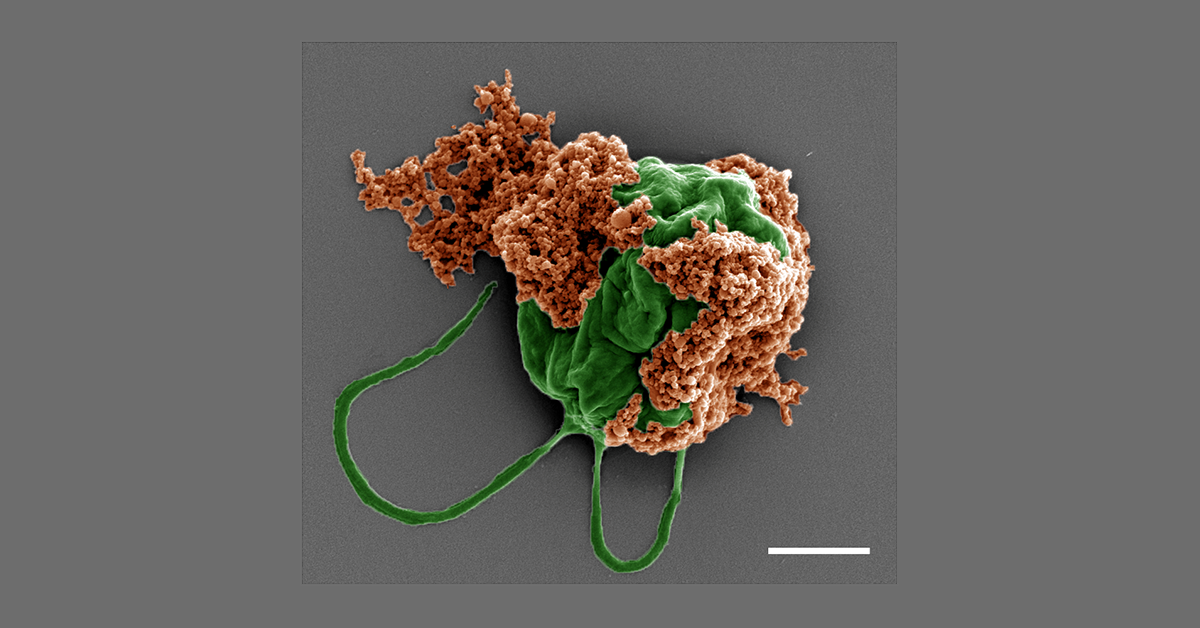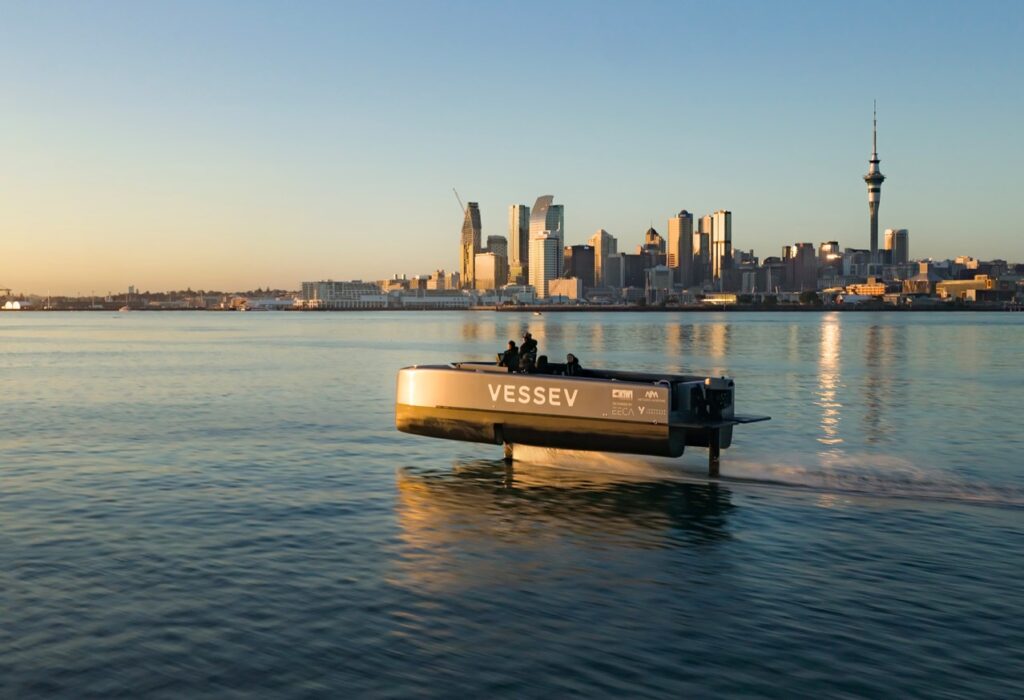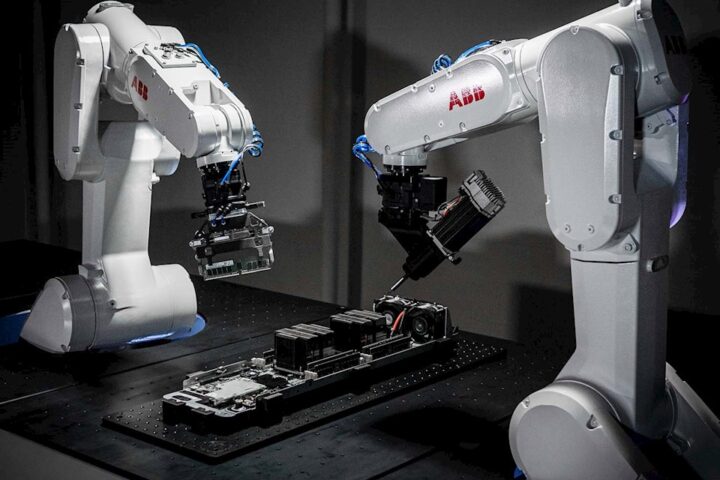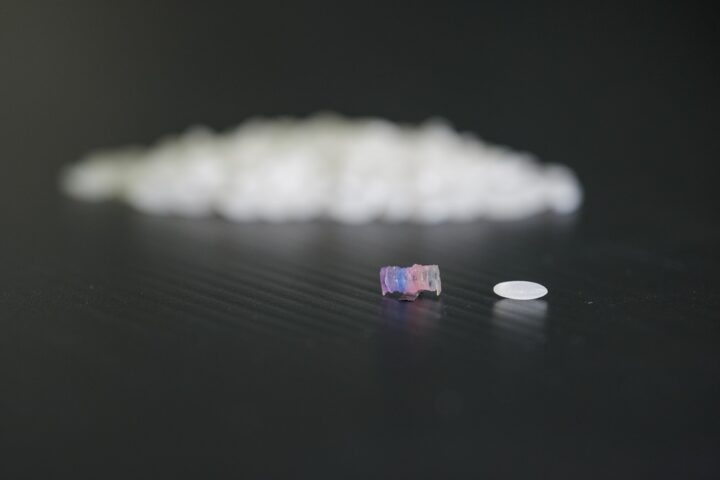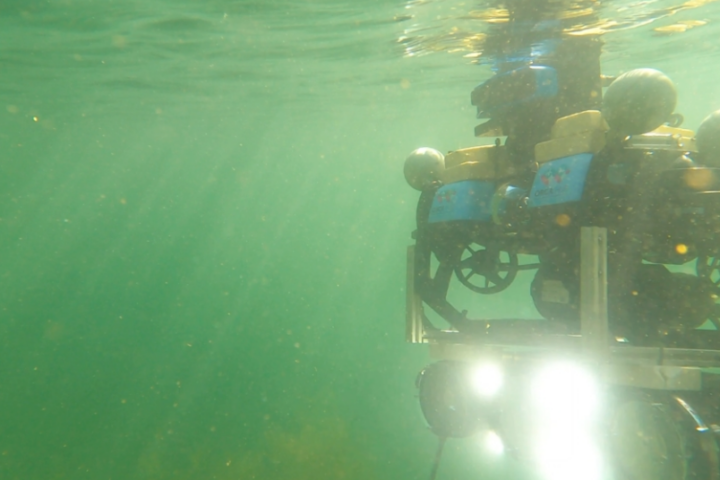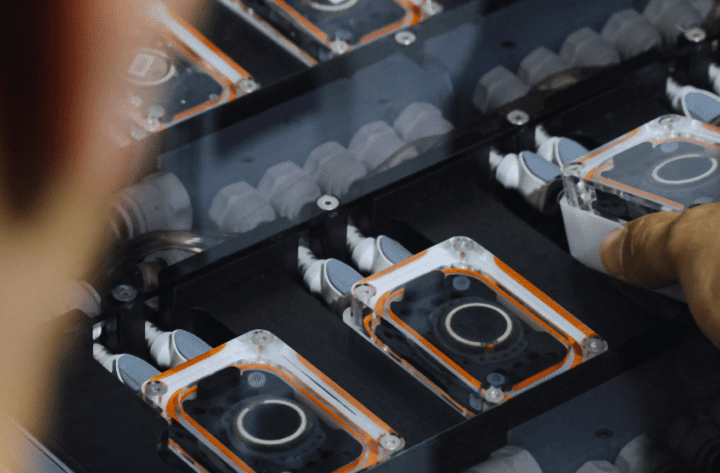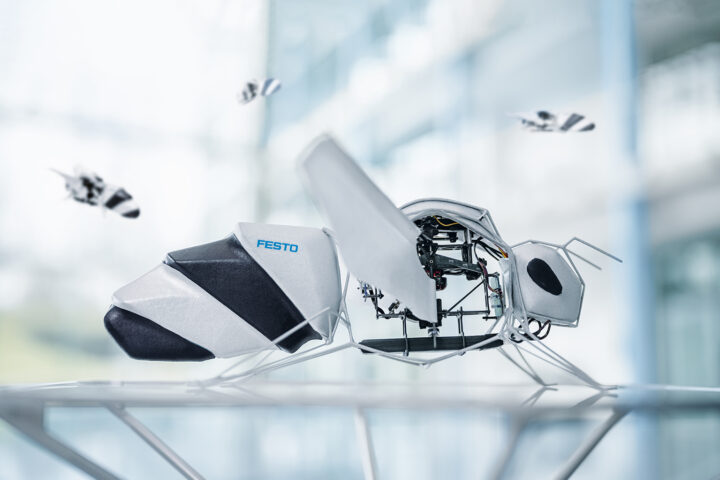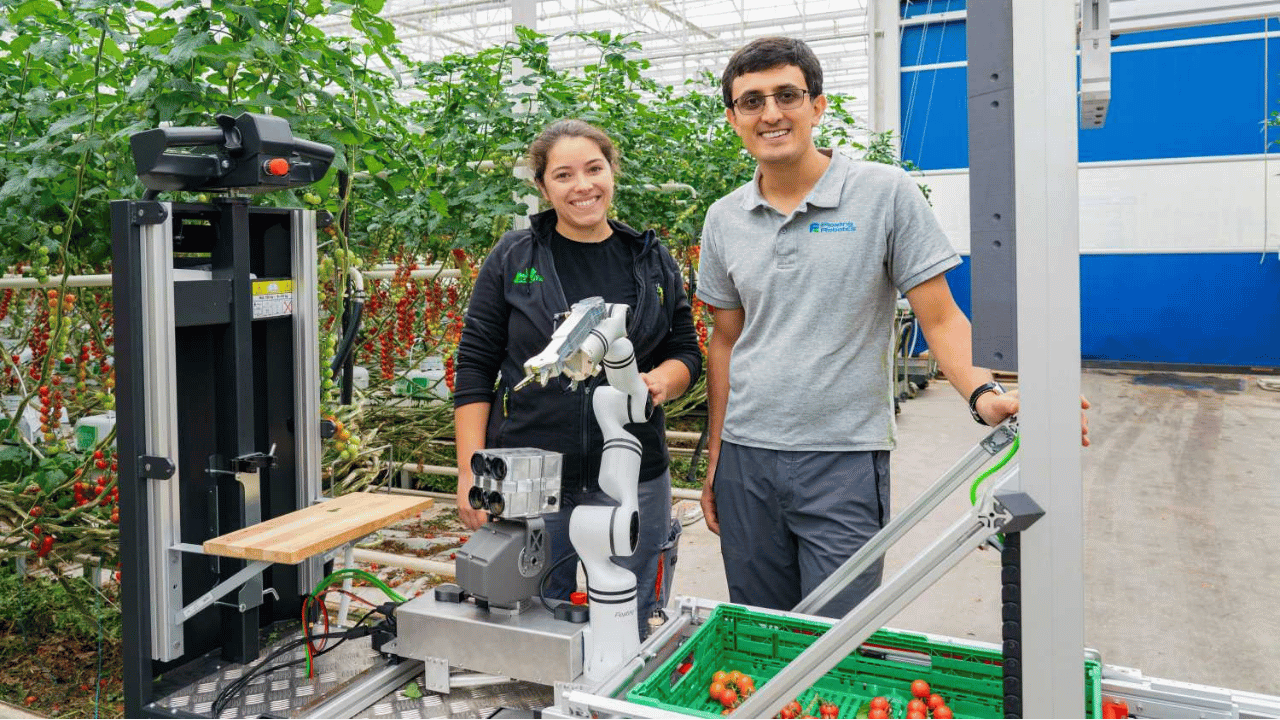Engineers at the University of California, San Diego (UCSD), have developed microscopic robots capable of swimming through the lungs to deliver cancer drugs directly to metastatic tumors. The method has shown promise in mice, where it inhibited the growth and spread of tumors that had metastasized to the lungs. The team successfully increased survival rates compared to control treatments.
For the development of these microrobots, an ingenious combination of biology and nanotechnology was employed, a collaboration between the laboratories of Joseph Wang and Liangfang Zhang, both professors in the Department of Chemical Engineering and Nanoengineering at UCSD. They chemically attached drug-filled nanoparticles to the surface of green algae cells. These algae enable the nanoparticles to effectively swim through the lungs and deliver their therapeutic payload to tumors. “The nanoparticles are made of tiny biodegradable polymer spheres, which are loaded with the chemotherapeutic drug doxorubicin and coated with red blood cell membranes,” stated a press release. “The nanoparticles are made of tiny biodegradable polymer spheres, which are loaded with the chemotherapeutic drug doxorubicin and coated with red blood cell membranes,” as noted ahead.
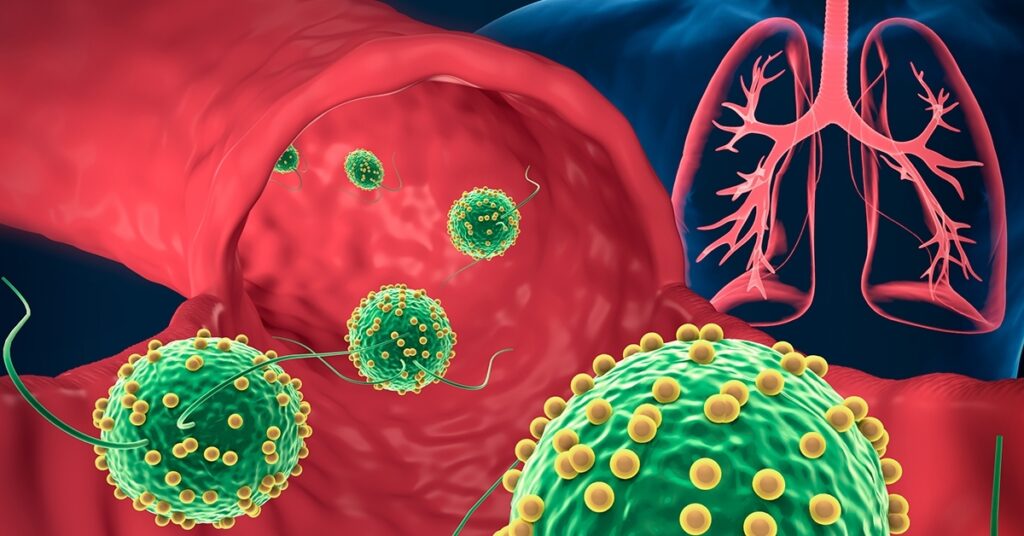
This algae-based nanoparticle formulation is deemed safe by the authors. The materials used to manufacture the nanoparticles are biocompatible, and the green algae used, Chlamydomonas reinhardtii, is recognized as safe for use by the US Food and Drug Administration (FDA). The recently published study builds on previous work by Wang and Zhang’s teams, who used similar microrobots to treat lethal pneumonia in mice. “Those were the first microrobots to be safely tested in the lungs of live animals,” said Joseph Wang professor in the Aiiso Yufeng Li Family Department of Chemical and Nano Engineering at the UC San Diego Jacobs School of Engineering.
Similar Posts
Treated rodents experienced a median survival of 37 days, an improvement over the median survival of 27 days observed in untreated mice as well as in those that received the drug alone or drug-filled nanoparticles without algae. “The active swimming motion of the microrobots significantly improved distribution of the drug to the deep lung tissue, while prolonging retention time,” explained Zhengxing Li, study co-author and nanoengineering researcher in Wang and Zhang’s groups. “This enhanced distribution and prolonged retention time allowed us to reduce the required drug dosage, potentially reducing side effects while maintaining high survival efficacy,” added Li.
There is a type of lung cancer that grows rapidly, aggressively, and is very furious. It’s small cell (or microcytic) lung cancer, a disease that spreads rapidly and is often detected in advanced stages, with metastasis to other organs and a very poor prognosis. Its biology is so intense that for decades, science struggled with few options beyond chemotherapy to combat it, with limited success against its recurrence. “We demonstrate that this is a platform technology that can actively and efficiently deliver therapeutics throughout the entire lung tissue to combat different types of deadly diseases in the lungs,” explained Zhang.
Oncologists are cautiously optimistic about this new constellation of treatments for small cell lung cancer. Particularly in a tumor that is detected in very advanced stages in 70% of cases and where the five-year survival rate does not exceed 5%. In this context, and after decades of few positive results for new drugs, the first immunotherapy, which arrived five years ago with modest results, was a turning point. Since then, trials of new drug combinations, studies with promising molecules, and especially the introduction of a new medication that links lymphocytes with tumor cells to facilitate their destruction, have opened pathways and hopes to improve survival in this complex tumor.
